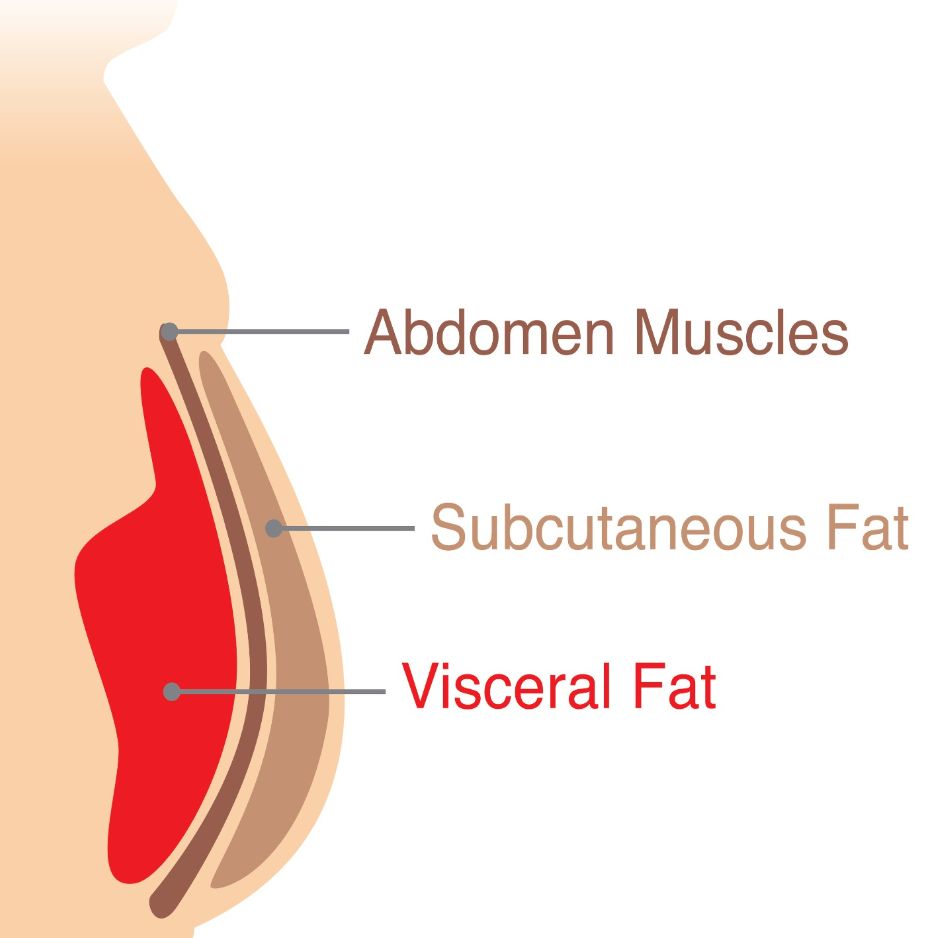What Do Planks Help With? A Comprehensive Guide

What Do Planks Help With? A Comprehensive Guide
Planks have become increasingly popular over the years as an effective exercise for core strength and stability. But what exactly do planks help with? In this comprehensive guide, we will uncover the various benefits of planks, discuss the proper technique for performing them, explore their impact on mental health, and provide tips for incorporating them into your fitness routine. So, let's dive in and explore the world of planks!
Get weekly updates.
Understanding the Basics of Planks
Before we delve into the benefits, it's important to understand the basics of planks. A plank is a static exercise that targets multiple muscle groups, primarily the core. Unlike dynamic exercises, such as crunches or sit-ups, where you move your body, a plank requires you to hold a position for a certain period of time.
To perform a plank, start by lying face down on the ground. Place your forearms on the floor, elbows directly under your shoulders, and align your body in a straight line from head to toe. Engage your core muscles, squeeze your glutes, and lift your body off the ground. Hold this position for as long as you can while maintaining proper form.
The Anatomy of a Perfect Plank
Achieving the perfect plank requires proper form and technique. It's essential to have a neutral spine, avoiding any sagging or arching. Align your head with your spine, and keep your gaze towards the floor to maintain a neutral neck position. Engage your abdominal muscles, squeezing them tightly, and don't forget to breathe!
Additionally, make sure your shoulders are relaxed, away from your ears. Don't let them sink or hunch up. Distribute your weight evenly between your forearms and toes, creating a stable base. Remember, quality over quantity is key when it comes to planking.
Common Mistakes in Performing Planks
While planks are a great exercise, there are common mistakes you should be aware of and avoid. One common error is letting your hips drop or sag, which puts excess strain on your lower back. To prevent this, engage your core muscles and keep your body in a straight line throughout the entire plank.
Another mistake is holding your breath. Remember to breathe steadily and deeply throughout the exercise to maintain oxygen flow and promote muscle engagement. Lastly, avoid putting too much pressure on your wrists by keeping your forearms parallel to each other. If necessary, you can also perform planks on your hands instead of your forearms.
The Multifaceted Benefits of Planks
Now that we've covered the basics, let's explore the multifaceted benefits of planks. And it's not just about achieving a sculpted core!
Planks for Core Strength and Stability
One of the primary benefits of planks is their ability to strengthen your core muscles. By engaging your abs, back, and glutes, planks help to improve overall core strength and stability. A strong core is vital for maintaining proper posture, reducing the risk of lower back pain, and enhancing overall athleticism.
As with any exercise, consistency is key. Gradually increasing the duration and intensity of your planks will lead to stronger core muscles over time.
Planks for Improved Posture
Slouching and poor posture can have detrimental effects on your spine and overall well-being. Planks can help combat these issues by strengthening your back and shoulder muscles, which in turn promotes better posture. By incorporating planks into your routine, you can reduce the strain on your spine and improve overall alignment.
Remember, proper form is crucial. Maintaining a straight spine during planks will reinforce good posture habits that extend beyond your exercise routine.
Planks for Enhanced Balance and Coordination
Planks aren't just about strength; they also improve balance and coordination. When you perform a plank, you engage multiple muscle groups, including those responsible for stabilizing your body. By challenging your body to maintain balance, planks help to train your muscles to work together more efficiently.
This improvement in balance and coordination can have a positive impact on other activities, such as sports or daily tasks that require stability and control.
Planks and Mental Health
Beyond their physical benefits, planks can also have a positive impact on mental health. Let's explore the mind-body connection in planks and how they can contribute to stress reduction and mental clarity.
The Mind-Body Connection in Planks
When you perform a plank, you are not only engaging your physical body but also connecting with your mind. Focusing on your breath and fully immersing yourself in the exercise can help calm your thoughts and bring about a sense of mindfulness.
This mind-body connection can be a powerful tool for reducing stress and improving mental well-being. By incorporating planks into your routine, you create a space for self-reflection and relaxation.
Planks for Stress Reduction and Mental Clarity
In today's fast-paced world, managing stress is crucial for maintaining a healthy lifestyle. Planks provide an outlet for releasing tension and clearing your mind. The concentration required during planks can help shift your focus away from stressors, leading to a calmer state of mind.
Additionally, the endorphins released during exercise have a positive impact on mood, providing a natural boost to your mental well-being. So, the next time you feel overwhelmed, consider incorporating planks into your routine for a moment of stress relief.
Incorporating Planks into Your Fitness Routine
Now that you understand the various benefits of planks, let's talk about how to incorporate them effectively into your fitness routine.
Ideal Duration and Frequency for Planks
The duration and frequency of your plank exercises will depend on your fitness level and goals. For beginners, starting with shorter durations, such as 30 seconds to a minute, is recommended. As you build strength and endurance, gradually increase the duration to challenge yourself.
In terms of frequency, aiming for at least three times a week is a good starting point. However, listen to your body and give yourself enough time to recover between sessions. It's better to perform planks with proper form and quality rather than rushing through them.
Variations of Planks for Different Fitness Levels
To keep your planking routine interesting and challenging, consider incorporating different variations. There are various types of planks, such as side planks, reverse planks, or plank jacks, that target different muscle groups and add diversity to your workouts.
Remember to start with the basic plank and gradually progress to more advanced variations as your strength and coordination improve. Always prioritize proper form to prevent any injuries and maximize the benefits of each variation.
Safety Precautions and Tips for Effective Planking
While planks are generally safe for most individuals, it's essential to take certain precautions to ensure a safe and effective workout.
Avoiding Injuries While Planking
To minimize the risk of injuries, warm up your body before diving into plank exercises. Perform gentle stretches or a light cardio warm-up to prepare your muscles for the workout. Additionally, listen to your body and avoid pushing through pain or discomfort. If you experience any sharp or intense pain, modify or stop the exercise immediately.
Lastly, if you have any existing medical conditions or injuries, consult with a healthcare professional before attempting planks to ensure they are safe for you.
Maximizing Results from Your Plank Exercises
To maximize the results from your plank exercises, consistency is key. Make planks a regular part of your fitness routine and challenge yourself by gradually increasing the duration or trying different variations.
Additionally, incorporating other exercises that target different muscle groups alongside planks can help create a well-rounded fitness program. Remember to fuel your body with proper nutrition and adequate rest to support muscle growth and recovery.
In conclusion, planks are a versatile and beneficial exercise that can improve your core strength, posture, balance, and mental well-being. By understanding the basics, practicing proper form, and incorporating planks into your fitness routine, you can reap the rewards of a healthier and stronger body.
And if you're looking for a comprehensive way to track your progress in body composition, body fat, muscle mass, and bone health, consider BodySpec's affordable DEXA scans. With detailed insights into your body composition, you can monitor your progress and make informed decisions about your fitness journey. Start unlocking the potential of your body with BodySpec today!


